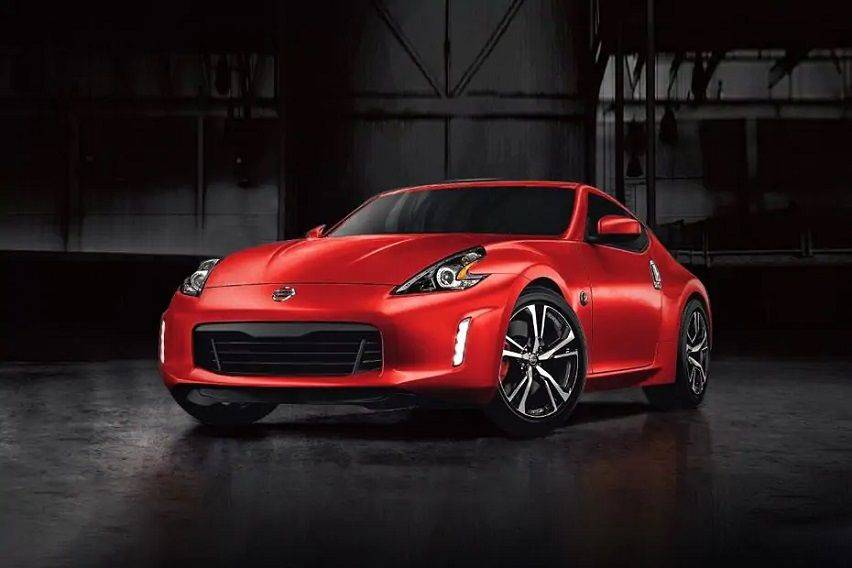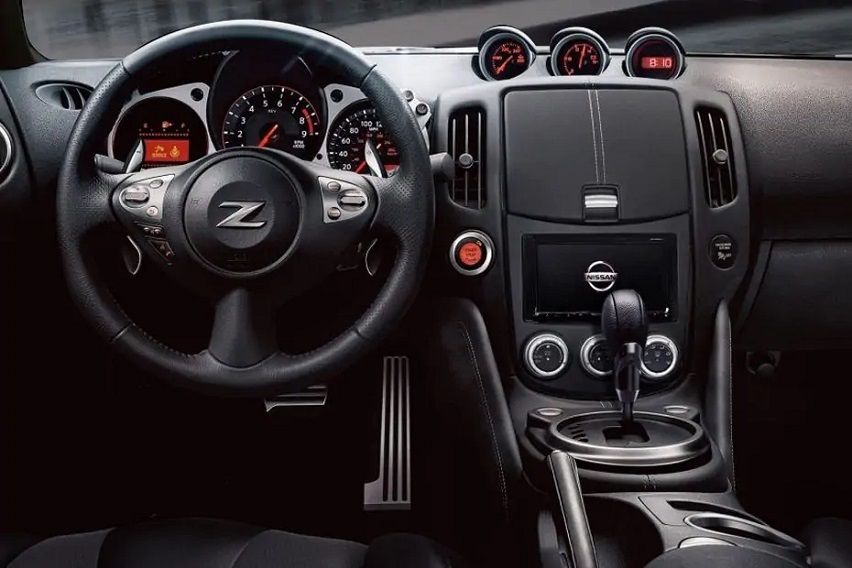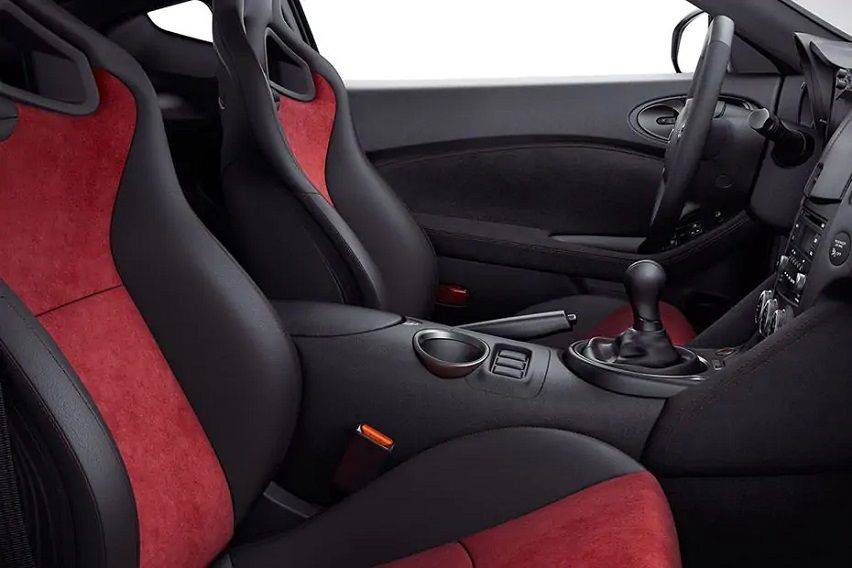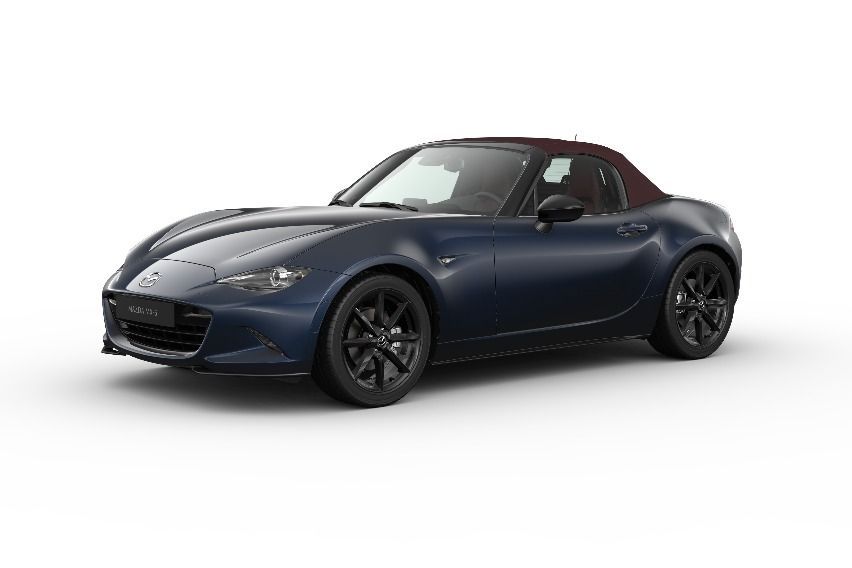
Nissan is about to replace the 370Z soon. Representing the seventh generation of the Z-car that began with the 1969 Datsun 240Z, the new Z Proto is said to be the Japanese car manufacturer’s way of “signaling the company’s intent to launch a new generation of the legendary Z sports car.” This signals that the Nissan 370Z available locally is among the last of the bunch.

With the legendary 3.7-liter VQ V6 engine, the Nissan 370Z manages to fly off to 327 to 340hp max power and 363 to 371Nm max torque, depending on variant, of which there are three: Nissan 370Z MT (PHP2.78 million), Nissan 370Z AT (PHP2.88 million), and Nissan 370Z Nismo AT (PHP (3.89 million). The six-speed manual transmission enjoys an EXEDY clutch and Synchrorev Match technology for reduced pedal effort and enhanced precision and control, while the paddle-shifted 7-speed automatic gives drivers efficient shifting and improved fuel efficiency. Driver-selectable modes help deliver a more tailored driving experience.


Suffice to say, this could be your last chance to own an iconic coupe, but if you’re not at all worried about the fact and would rather look at other two-seater sports cars, here are your alternatives.

The Toyota 86 has the unenviable task of staying true to the Japanese carmaker’s sports car heritage alive in a world overcome by crossovers and SUVs. The current version is heavily touted as “the ultimate driver’s car” because of its no-frills attitude. It’s also widely known to be a rebadged Subaru BRZ.
Built by Subaru using its signature 2.0-liter boxer engine, the association can diminish interest in the Toyota 86 somewhat, but make no mistake—for the price range, the 86 is every bit the straightforward performance car you expect it to be.
For interested car buyers, the current Toyota 86 comes in two definitive variants: a Toyota 86 2.0-liter A/T and Toyota 86 2.0-liter M/T. Obviously, the main difference between the two is the transmission system. To be specific, he 86's FA20 direct-injection 4-stroke gasoline boxer engine partners with either a six-speed automatic or six-speed manual configuration.
Either way, the flat-four engine is rated at 197hp and 205Nm of torque. The automatic transmission in the 2.0 A.T variant is controlled with paddle shifters and supported by ‘rev match’ technology and shift lock mechanism. The 2.0 M/T on the other hand, relies on a standard stick shift.

The Subaru BRZ is goes against what the Subaru name is known for, opting to run solely as a rear-wheel drive instead of an all-wheeler like the rest of the Japanese car maker’s lineup. Surprisingly, the 2.0L DOHC Subaru Boxer Engine is not turbocharged, but naturally aspirated. Though you’ll need to work the engine a little harder to reach normal sports car speeds, the BRZ remains one of the most delightful performers in its segment.
As you can imagine, the BRZ’s powertrain specs and numbers are the same as the 86, as both have the same powertrain systems. This also means that both cars top off at 226kmph. And like the 86, the BRZ also comes in two variant choices, but it appears only the automatic transmission variant is being sold locally.

The little car that could is as pretty as ever, now sporting the “Kodo Soul of Motion” design signature that resurrected the Mazda brand from the doldrums. And all that beauty is complemented by a nimble and stable powertrain and body combo that instantly makes the Mazda MX-5 an alluring coupe to buy.
The Mazda MX-5’s latest version finds a 2.0-liter SKYACTIV-G power mill in the engine bay, propelled by either a six-speed automatic or six-speed manual. A near 50/50 front-to-rear weight distribution helps the MX-5 deliver the optimal handling and performance it’s been known for. That said, this Mazda coupe is the slowest of the bunch at 181hp and 205Nm.
Photos from Nissan, Toyota, Subaru, Mazda
Also read:
2020 Nissan Almera vs. the competition: Your other subcompact sedan options
Copyright © Carmudi 2014-2024. All Rights Reserved.